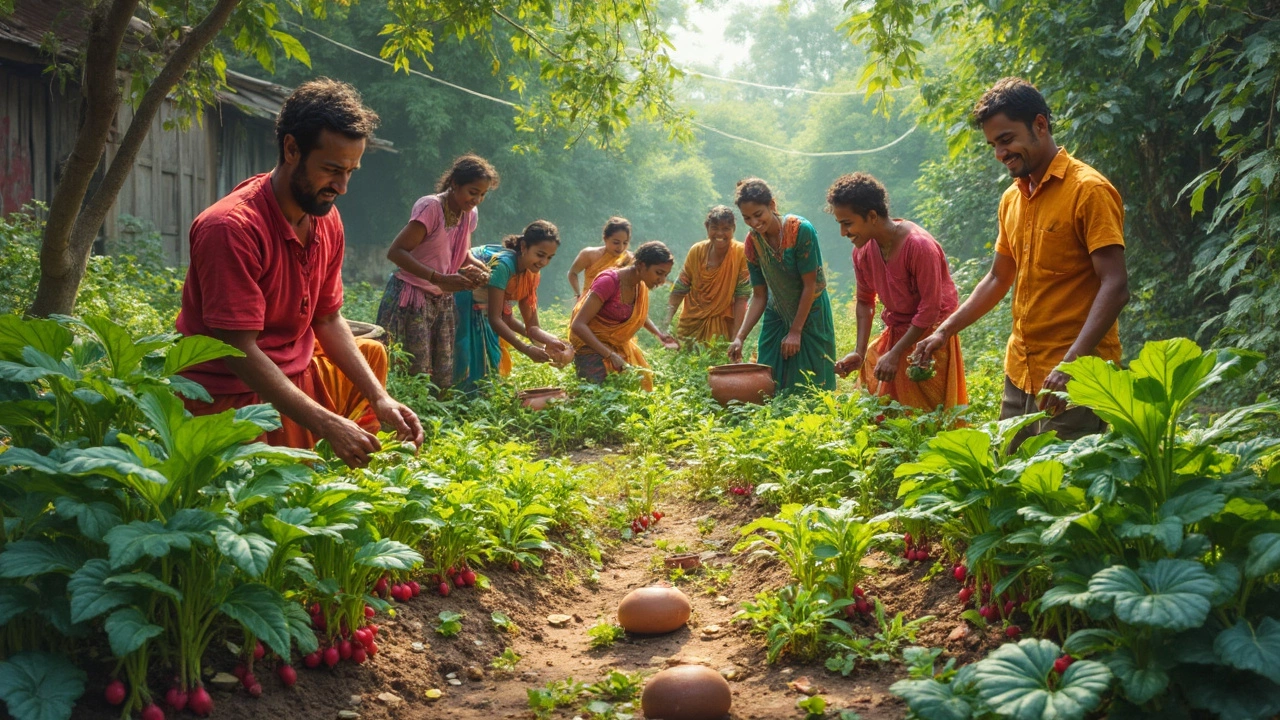Maximizing Rice Yield: Pounds Per Acre Explained
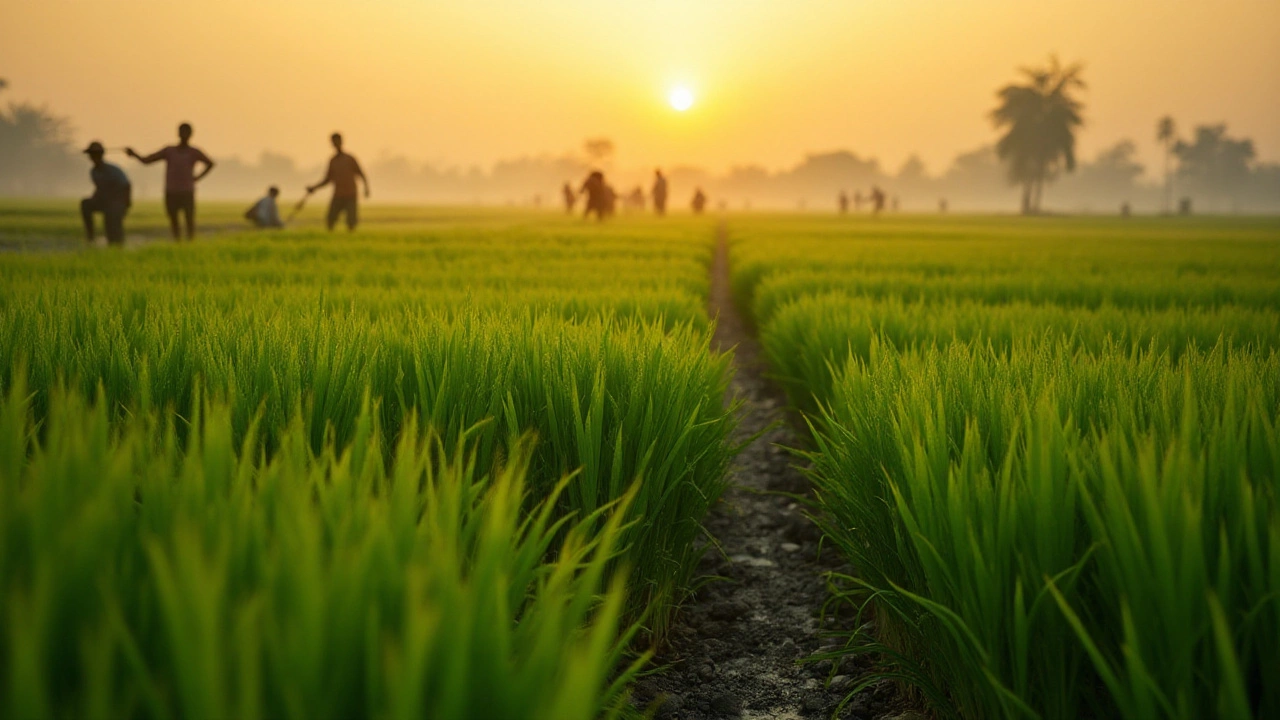
In the world of agriculture, rice holds a revered spot. It's not just a staple in many diets but also a key crop that influences the economy of several nations. Yet, the question remains—how many pounds of rice can a single acre yield? The answer is not as straightforward as one might think. Various factors come into play, each affecting the ultimate harvest.
From the type of seed sown to the climatic conditions, every decision made by a farmer can significantly impact the yield. Delving into the art and science of rice cultivation, this article seeks to provide insights into optimizing rice production per acre. Whether it's through adopting modern techniques or adhering to age-old practices, rice farmers worldwide strive to achieve the best results.
- Understanding Rice Yield
- Factors Affecting Rice Production
- Effective Rice Cultivation Techniques
- Tips for Increasing Rice Yield
Understanding Rice Yield
When we talk about rice yield, we're delving into the world of agricultural science and its myriad complexities. At its core, rice yield refers to the amount of rice produced per acre of land, and this number can vary greatly depending on a multitude of factors. Rice yield isn't just about the quantity; it's also about the quality of the crop produced. Every farmer dreams of that bumper crop, but the path to achieving it is riddled with challenges ranging from pest control to water management. The yield a farmer gets from their land can hinge on small details, from the moment the seed is planted to when the grains are finally harvested.
Soil quality plays a pivotal role in this equation. The composition of the soil, alongside the nutrients it contains, are key contributors to how well rice can grow in a given area. A soil that's rich in nutrients like nitrogen and phosphorus will undoubtedly produce more bountiful crops. However, it's also vital to ensure the right balance of water and drainage to prevent either drought or waterlogging, both of which can severely impact yield. In regions where rice is a staple, farmers have become adept at reading the signs of soil health and adjusting their practices accordingly. Their intimate knowledge of the land often makes the difference between a poor and prosperous harvest.
"Knowledge of the land and its temperament can often predict the yield better than any data," says Dr. Anil Kapoor, a leading agronomist.
Another aspect that significantly affects rice production per acre is the climate. Rice thrives in warm, humid climates, but too much heat or an unseasonal cold spell can wreak havoc on crops. Monsoon rains, essential in many regions for cultivation, must also be well-timed; otherwise, a deluge or drought could occur. With changing global climate patterns, farmers have to be more adaptable than ever, using weather forecasts and historical data to plan their planting schedules. Modern technology comes to the aid of these farmers, providing tools like weather prediction apps and soil health monitoring gadgets, but the human intuition honed over generations remains just as crucial.
Choosing the Right Seed Variety
The seed variety a farmer chooses can define the success of the harvest. Traditional varieties have the advantage of being well-suited to local conditions, but newer hybrid varieties promise higher yields and better resistance to diseases. For a farmer deciding which type of seed to plant, it's a delicate balance. They must weigh up the potential for a greater yield against the risk of introducing a less proven variety to their fields. Research into these hybrid varieties continues as scientists aim to combat global food shortages by creating more resilient crops. However, this often comes with the challenge of convincing farmers to try something new when their livelihoods depend on the crops they produce.
Understanding these aspects of rice cultivation is crucial for maximizing production. It's not just about planting and harvesting; it's about nurturing the land, adapting to ever-changing climates, selecting the best seeds, and employing the right techniques to ensure that each acre reaches its full potential. For those involved in rice farming, this understanding can transform an uncertain future into one filled with promise and prosperity.
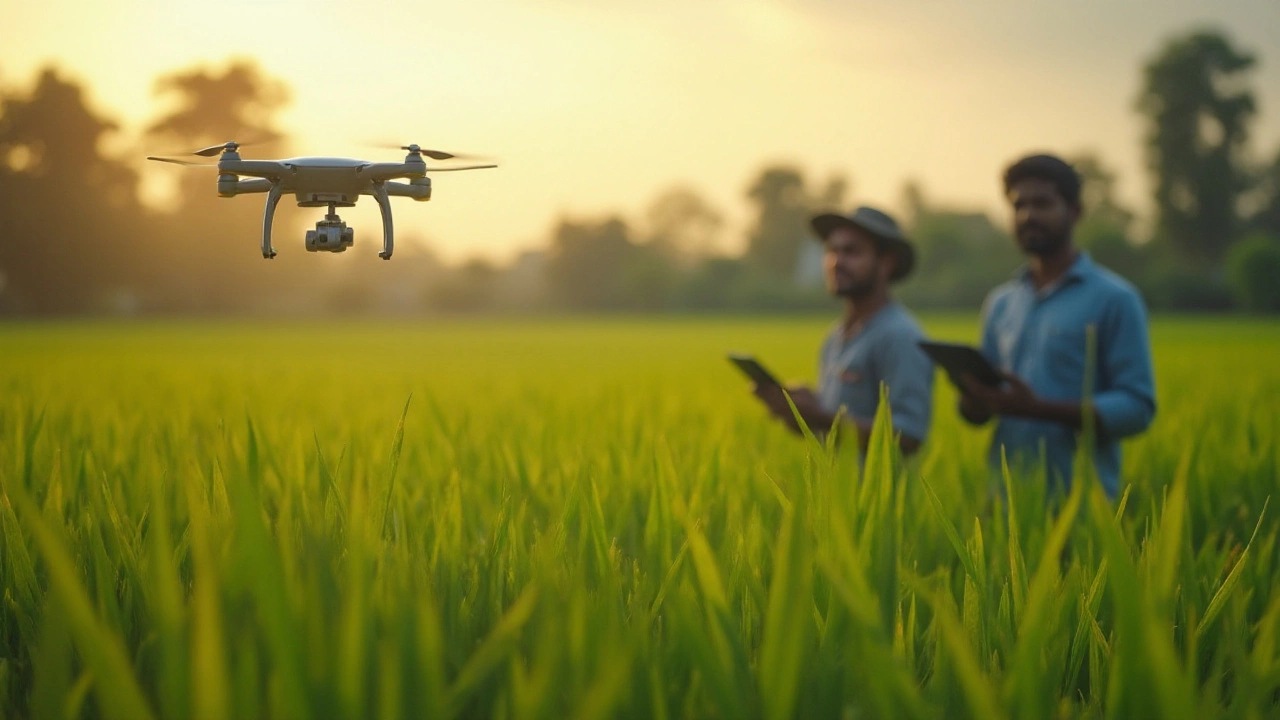
Factors Affecting Rice Production
When it comes to growing rice, several elements converge to shape the yield per acre. To start with, rice cultivation is highly dependent on the quality of soil and water availability. Rice thrives in fields that are well-leveled, have a sufficient layer of topsoil, and offer good water retention. Rich, loamy soil with a balanced pH facilitates the absorption of nutrients, which is critical for robust rice growth. In contrast, poor soil quality can severely limit rice production, no matter how much effort is invested elsewhere.
Underpinning these natural conditions is the climate, perhaps the most crucial determinant of rice output. The crop does best in regions where the temperature does not dip below 21°C (around 70°F) during its growing period. Extreme weather conditions, such as drought or floods, have been known to devastate rice fields, turning fertile acres into barren patches. It is a delicate dance with nature, where precision and timing align to ensure maximum output. Rice farmers, particularly those in tropical and subtropical areas, have mastered this art over generations. Yet, changing climate patterns continually pose new challenges, necessitating adaptation and innovation.
Another significant factor is the choice of seed variety. There are many kinds of rice, each with its own growth characteristics and suitability to different environmental conditions. High-yield varieties can double, sometimes even triple, production compared to traditional seeds. Innovations in genetic research have paved the way for seeds that are not only higher yielding but also more resistant to pests and diseases, a common threat to rice compatibility. By selecting the appropriate seed, farmers can significantly boost their rice yield while also reducing losses. This is a testament to human ingenuity and the relentless search for improvement.
Let's not forget about the advent of modern technology, which has profoundly reshaped agricultural practices. From precision farming tools to advanced equipment like automated planters and harvesters, these innovations streamline the cultivation process, allowing for more rice to be grown and harvested efficiently. Aerial technology like drones is now employed to monitor crops, keeping an eye on growth patterns and potential issues. As technology bridges the gap between manual labor and enhanced efficiency, farmers are better equipped to maximize productivity per acre.
"Technology gives us power, but it does not and cannot tell us how to use that power. Thanks to technology, we can instantly communicate across the world, but it still doesn't help us know what to say." - Jonathan Sacks
Finally, cultural practices embedded in tradition play a vital role. The timing of planting and harvesting, non-mechanized methods of pest control, and community cooperation, all contribute to the final yield. With an intricate understanding of their land and the seasons, seasoned farmers leverage this knowledge to optimize rice farming outcomes. It’s about striking a harmony between age-old wisdom and contemporary techniques, ensuring the sustainability of rice production for generations to come.
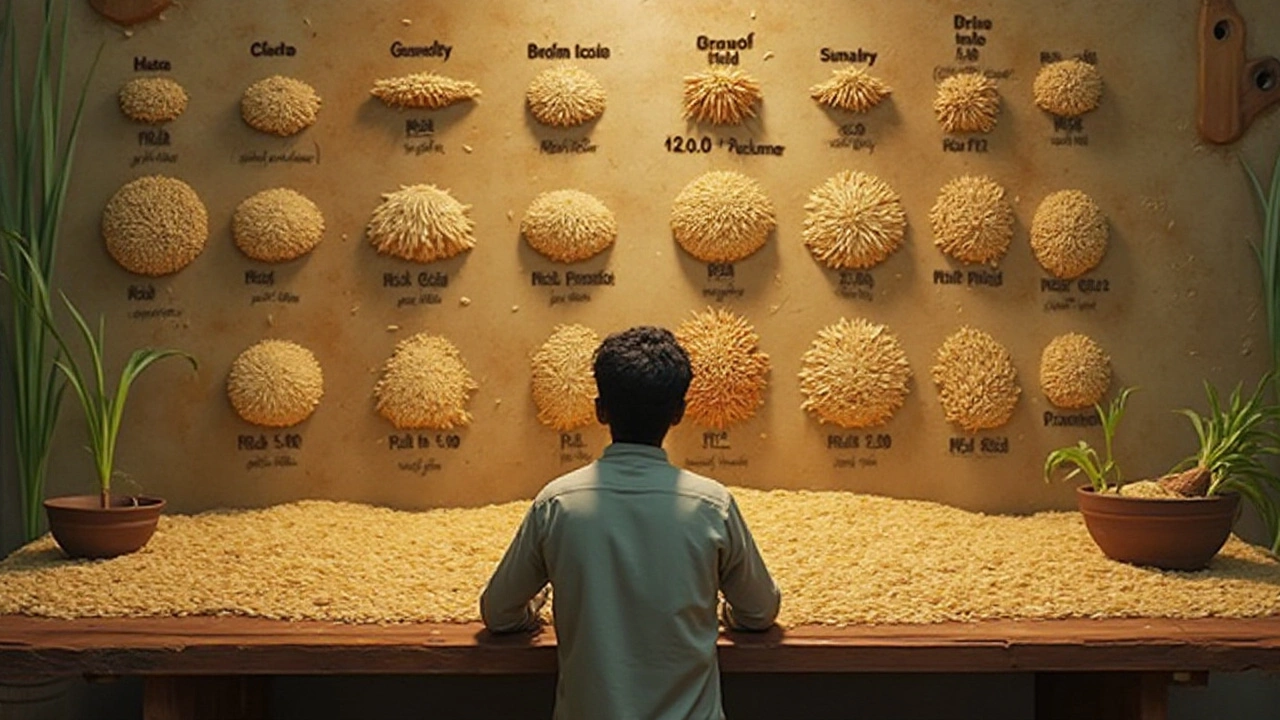
Effective Rice Cultivation Techniques
Delving into effective rice cultivation techniques, it's fascinating how this ancient practice continues to evolve with the times. The key to a successful rice farming endeavor lies in harmonizing traditional methodologies with cutting-edge agricultural science. Ensuring optimal soil preparation is paramount. Prior to sowing, the land should be meticulously leveled and graded to facilitate uniform water distribution. This technique minimizes water wastage, enhancing water efficiency—an invaluable factor, particularly in regions with erratic rainfall patterns. The importance of selecting the right seed variety cannot be overstated. Different strains of rice have unique adaptations that might render one more suitable than another depending on the prevailing climatic conditions. High-yield varieties are often preferred; however, their success hinges on compatibility with the local environment.
Pest and weed management play a critical role in increasing the yield of rice farming. Implementing integrated pest management (IPM) strategies reduces reliance on chemical pesticides, which can deter pests while protecting the environment. This approach employs biological control agents and pest-resistant plant varieties to maintain ecological balance. Water management is another cornerstone – managing water resources effectively not only conserves vital resources but also controls weeds and supports rice growth. Employing alternate wetting and drying (AWD) techniques helps achieve this balance by periodically interspersing wet and dry periods, reducing methane emissions and increasing land productivity. An efficient fertilization regime is equally significant. Nutrient-rich inputs, based on the soil's unique needs, should be applied considering the rice plant's growth stages. This ensures a seamless nutrient uptake, which fosters robust growth and results in higher yields.
According to agronomists at the International Rice Research Institute, "Incorporating precision agriculture tools like drones and satellite imagery can significantly boost productivity by close monitoring and allowing timely interventions."By harnessing technology, today's farmers can access comprehensive field data, which empowers them to make informed decisions regarding irrigation, pest control, and fertilization. In the context of scale, collaboration with local cooperatives can help mitigate individual risks and facilitate shared learning. Cooperative models provide access to equipment and expertise, allowing smallholder farmers to capitalize on economies of scale. These support networks often lead to greater access to markets and more competitive pricing, enhancing farmers' profitability. Thus, combing ancient knowledge with modern advancements ensures sustainable and productive rice cultivation.
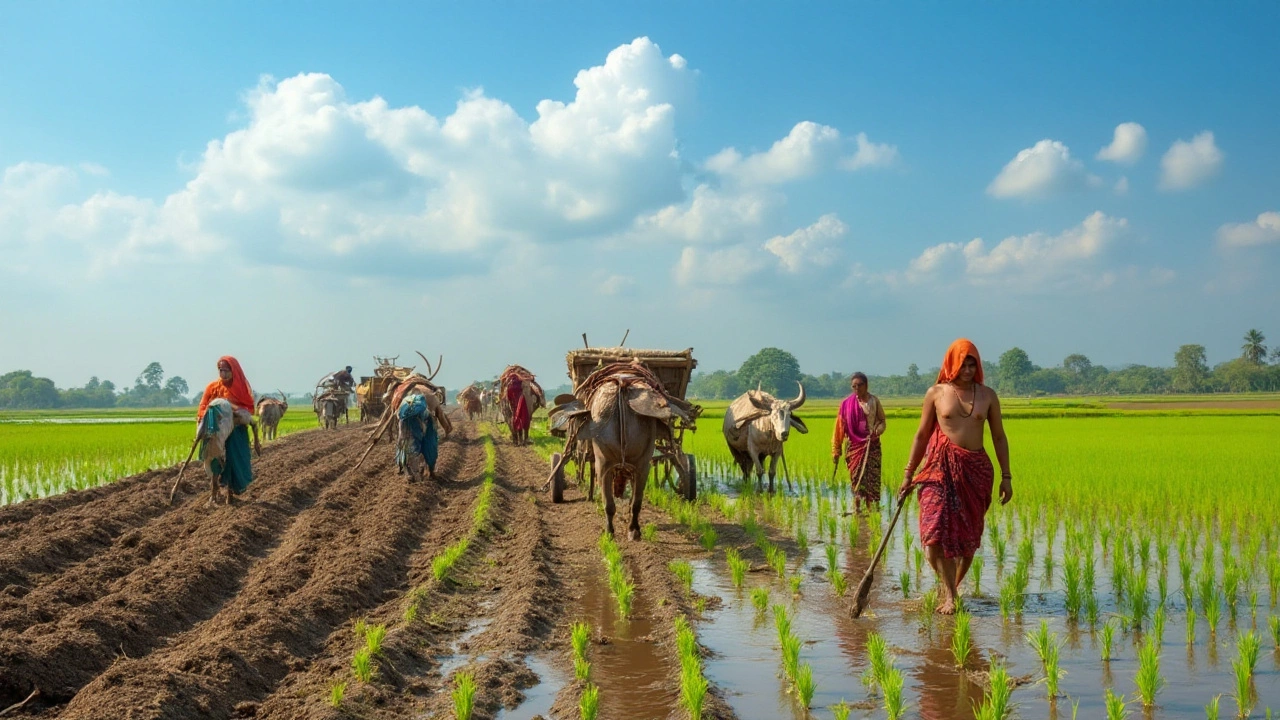
Tips for Increasing Rice Yield
When it comes to boosting rice yields, there is no one-size-fits-all approach. The complexity of rice cultivation calls for a combination of practices tailored to the unique conditions of each farming environment. One of the most critical steps is selecting the right seed variety. Farmers today have access to a multitude of seed types, each bred for specific advantages such as resistance to pests, tolerance to varying water levels, or adaptability to different soil types. Opting for the right variety can mean the difference between a mediocre harvest and a bountiful one.
Soil health plays a pivotal role in determining the productivity of a rice farm. Implementing a robust soil management plan can significantly impact the number of pounds harvested per acre. The key lies in understanding the components of the soil, amending it with organic matter, and ensuring a balanced pH level. Techniques like crop rotation and the use of green manures assist in enriching soil fertility and structure. Modern science has also paved the way for soil testing kits that help farmers get real-time data about nutrient deficiencies, enabling timely interventions.
Water management is another crucial factor that cannot be overlooked. Rice thrives in water, but it is essential to ensure the fields are not waterlogged. Implementing a well-organized irrigation system can make a substantial difference. In some parts of the world, alternate wetting and drying (AWD) techniques are being adopted to conserve water and improve yields. These involve carefully managing water levels, periodically allowing the water to drain, which encourages plant roots to grow deeper and stronger.
Innovative Farming Techniques
Adopting innovative farming techniques can also make a massive difference in rice yield. The use of technology in agriculture has modernized many aspects of farming. Precision agriculture offers tools like GPS and image analysis to monitor the status of fields, find issues quickly, and apply remedies more effectively. Additionally, the integration of drones to survey plots provides a bird's-eye view of the crop, allowing for better pest management and disease control.
"





